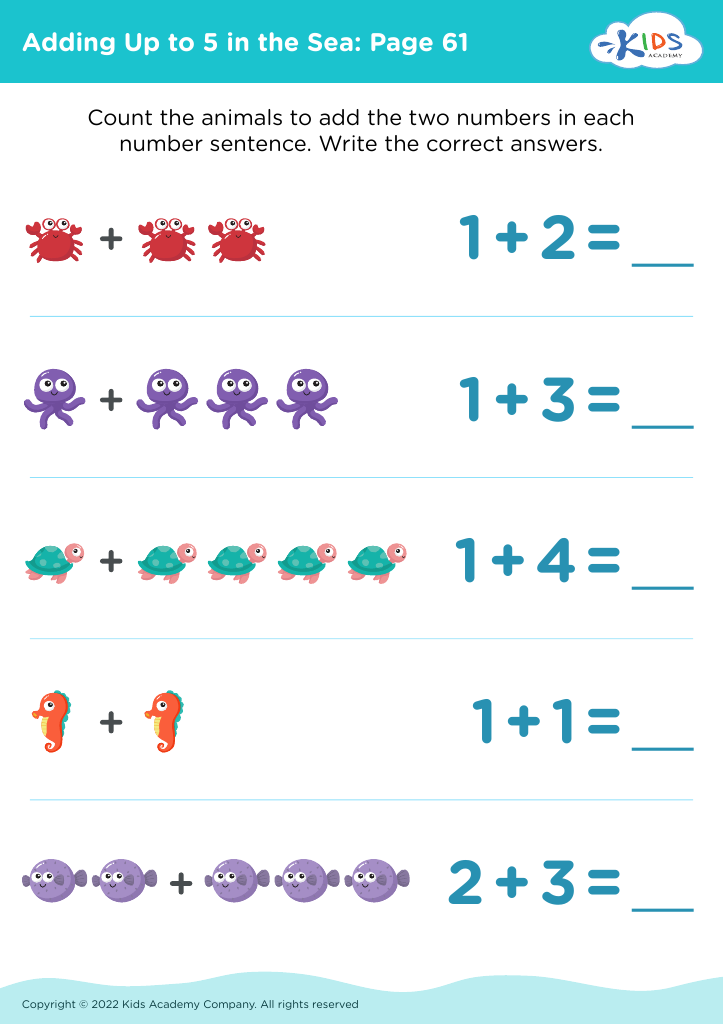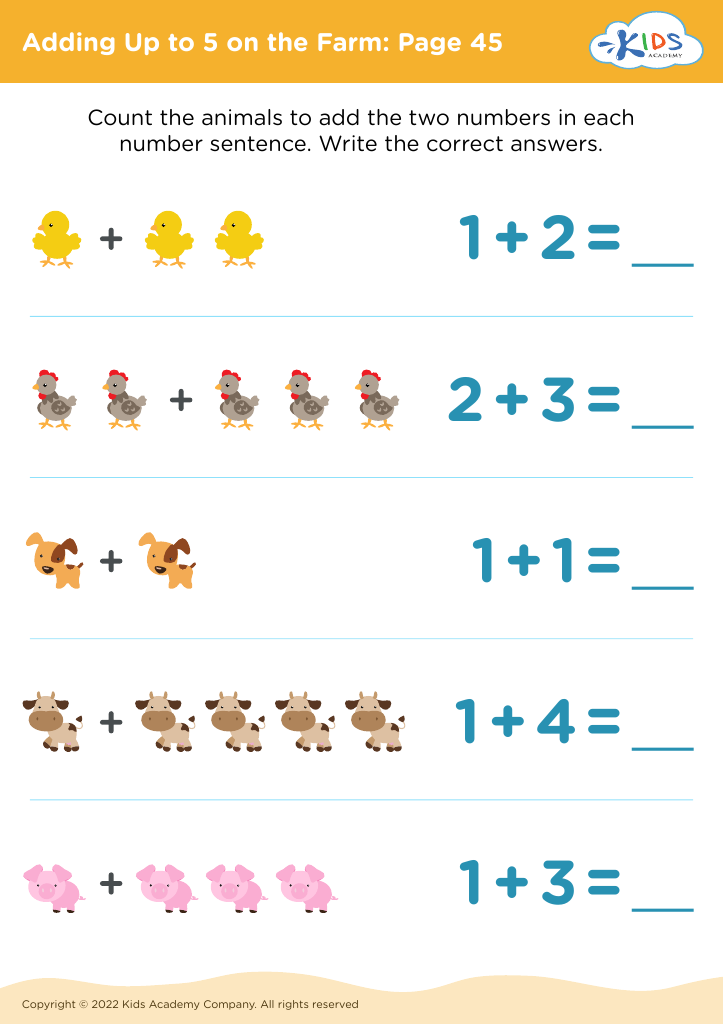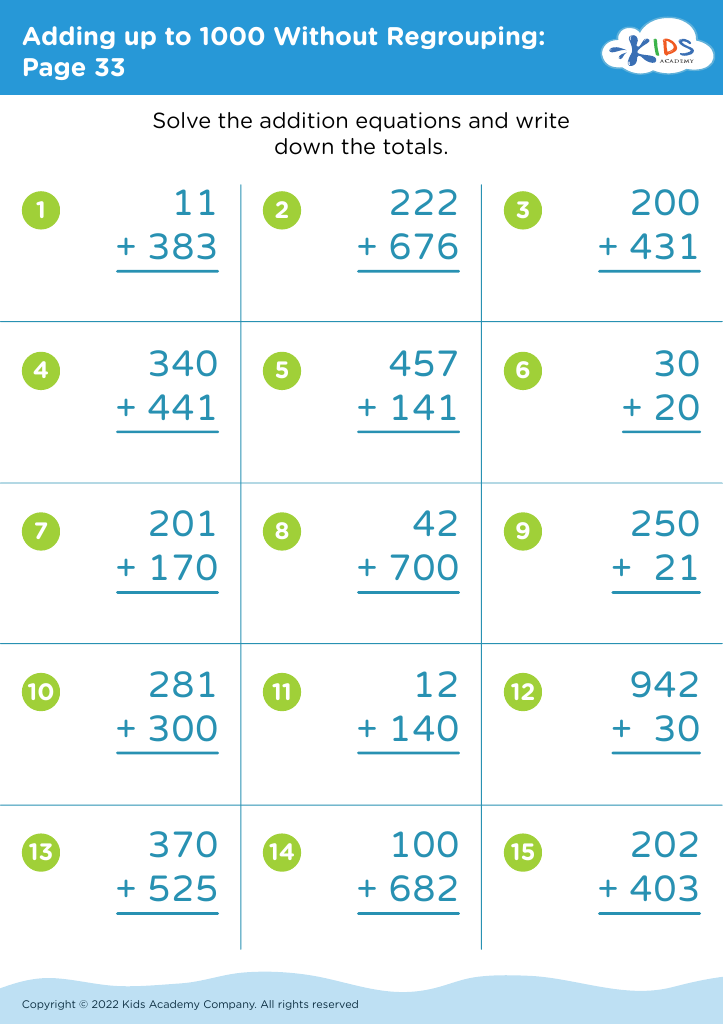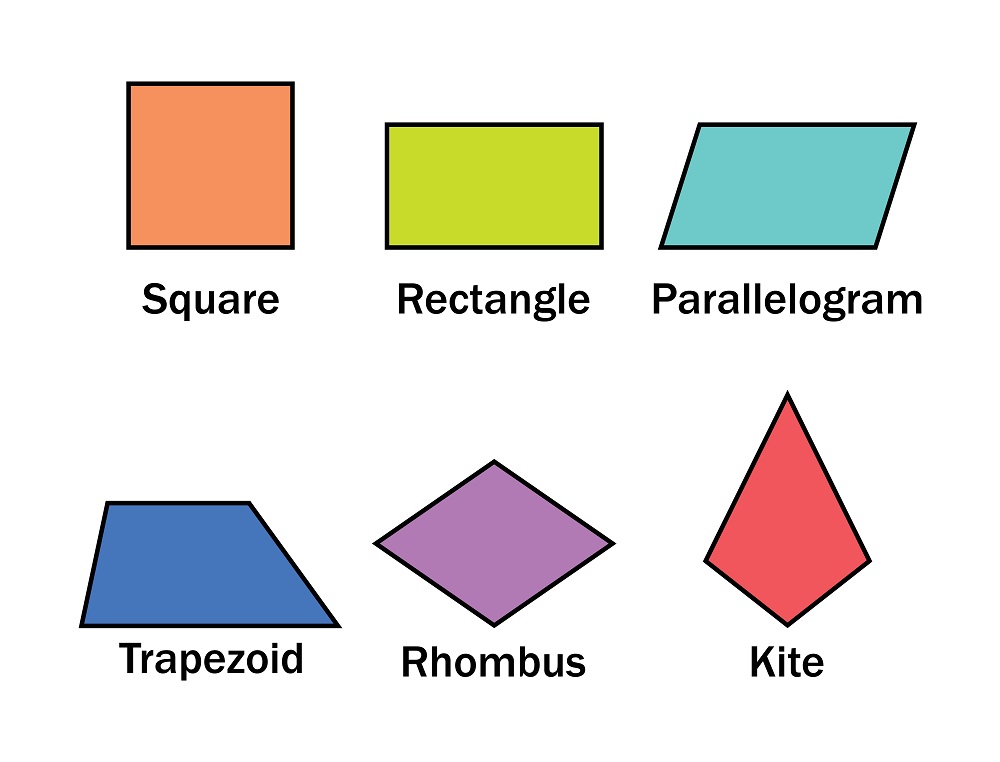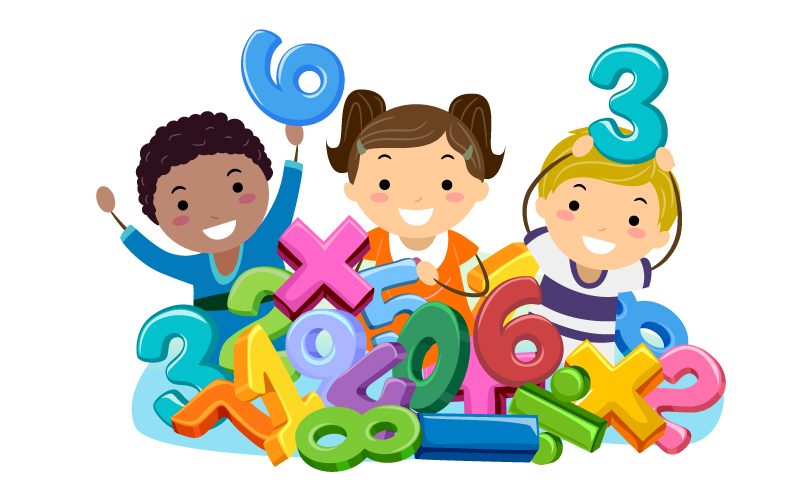Visual-motor skills Worksheets for Kids
6 filtered results
-
From - To
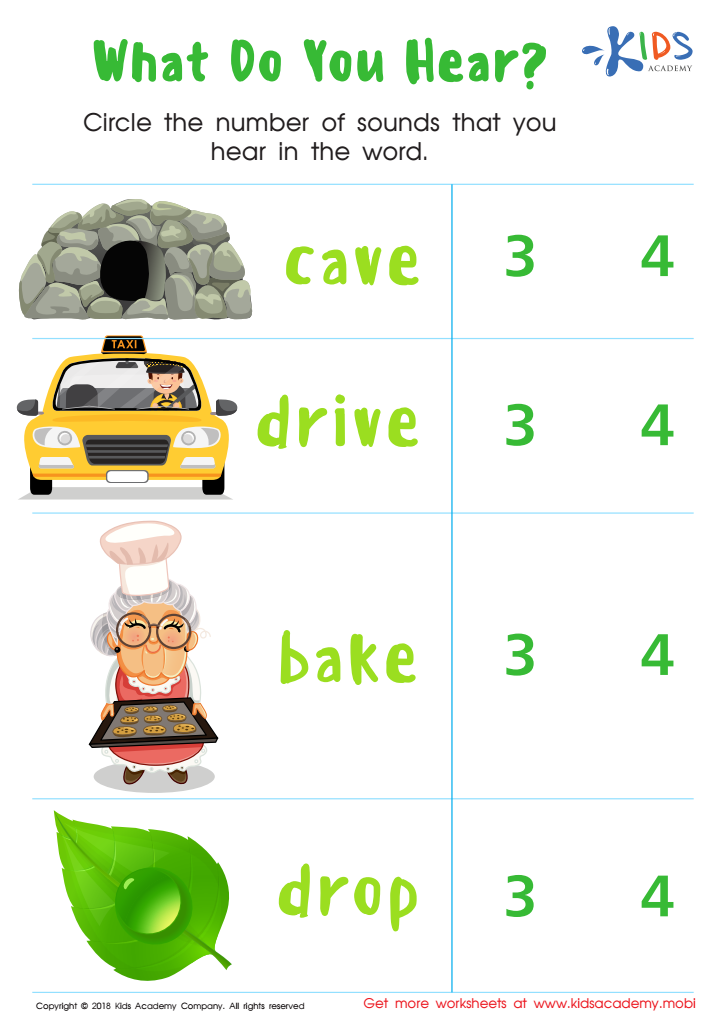

What Do You Hear? Worksheet
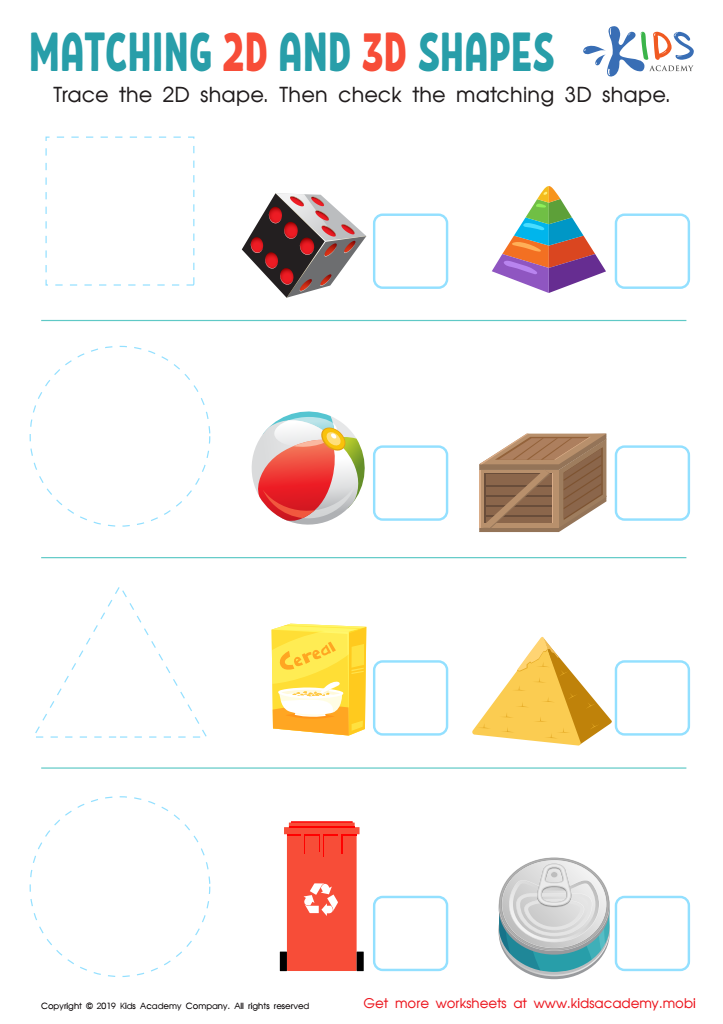

Matching 2D and 3D Shapes Worksheet
Question/Answer
How to test a Preschool student’s Visual-motor skills?
To test a preschool student's visual-motor skills, use activities and assessments that involve copying shapes, tracing lines or pathways, completing simple puzzles, and engaging in building or construction tasks with blocks or other materials. These activities help evaluate the child's ability to coordinate their visual perception with their hand movements, essential for writing, drawing, and daily activities.
Why is the Visual-motor skill important for Preschool students?
Visual-motor skill is crucial for preschool students as it integrates their visual perception and motor control, enabling them to perform tasks such as drawing, writing, and playing. This skill supports academic readiness by helping them understand spatial relationships, improves hand-eye coordination, and lays the foundation for successful learning experiences by facilitating the ability to interact effectively with their physical environment.
What are some effective activities to train students’ Visual-motor skill when teaching them about Adding in the Forest?
Effective activities for training students' visual-motor skills in the context of "Adding in the Forest" include: 1. Puzzles featuring forest animals and addition problems. 2. Drawing or coloring sheets with numbered sections for color-by-number addition tasks. 3. Manipulatives like leaves, twigs, and acorns for hands-on addition. 4. Interactive whiteboard games with forest themes for drag-and-drop addition exercises.

 Assign to the classroom
Assign to the classroom
